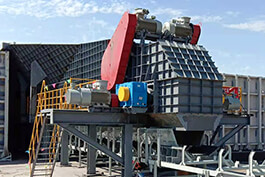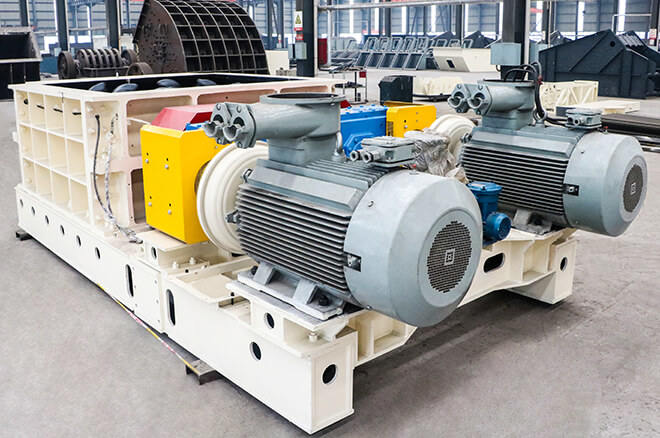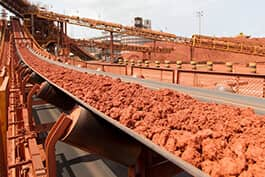A feeder breaker is traditionally used between the mobile mining machinery and the fixed conveyor systems. The main function of the Feeder Breaker is to reduce the product down to a manageable size and smooth the flow on to the mine’s conveyor belts.
Feeder breakers have several advantages in coal mining:
1. High productivity. Feeder breakers can handle high tonnages of coal, up to 2000 tons per hour. This high productivity helps to maximize coal extraction efficiency.
2. Size control. Feeder breakers can crush coal to a consistent size, helping to meet the size requirements for coal processing and transport. The uniform size also improves processing efficiency.
3. Low fines generation. Feeder breakers typically produce little fine coal. This helps to reduce waste and also reduces dust, improving air quality and safety.
4. Resistance to tramp iron damage. Feeder breakers are designed to withstand tramp iron like mine roof bolts without significant damage. This reduces maintenance costs and downtime.
5. Mobility. Some feeder breakers are mobile or portable, allowing them to be moved between levels or areas within the mine. This flexibility helps for optimizing production.
6. Durable and low maintenance. Feeder breakers are structurally very durable and require little maintenance relative to their high productivity. This results in low operating costs.
7. Improved safety. Properly designed feeder breakers have enhanced safety features like spillage conveyors and guards to reduce risks for operators. Their high automation also minimizes the need for human intervention.
8. Continuous operation.
Feeder breakers, when combined with conveyor systems can provide a continuous flow of crushed coal. This helps coal handling plants operate very efficiently with little downtime.
In summary, Feeder breakers offer a robust, high-capacity and reliable solution for primary coal crushing at mine sites. Their ability to control product size, limit fines and operate continuously with minimal maintenance contributes to improved mine productivity, safety and reduced operating costs.








